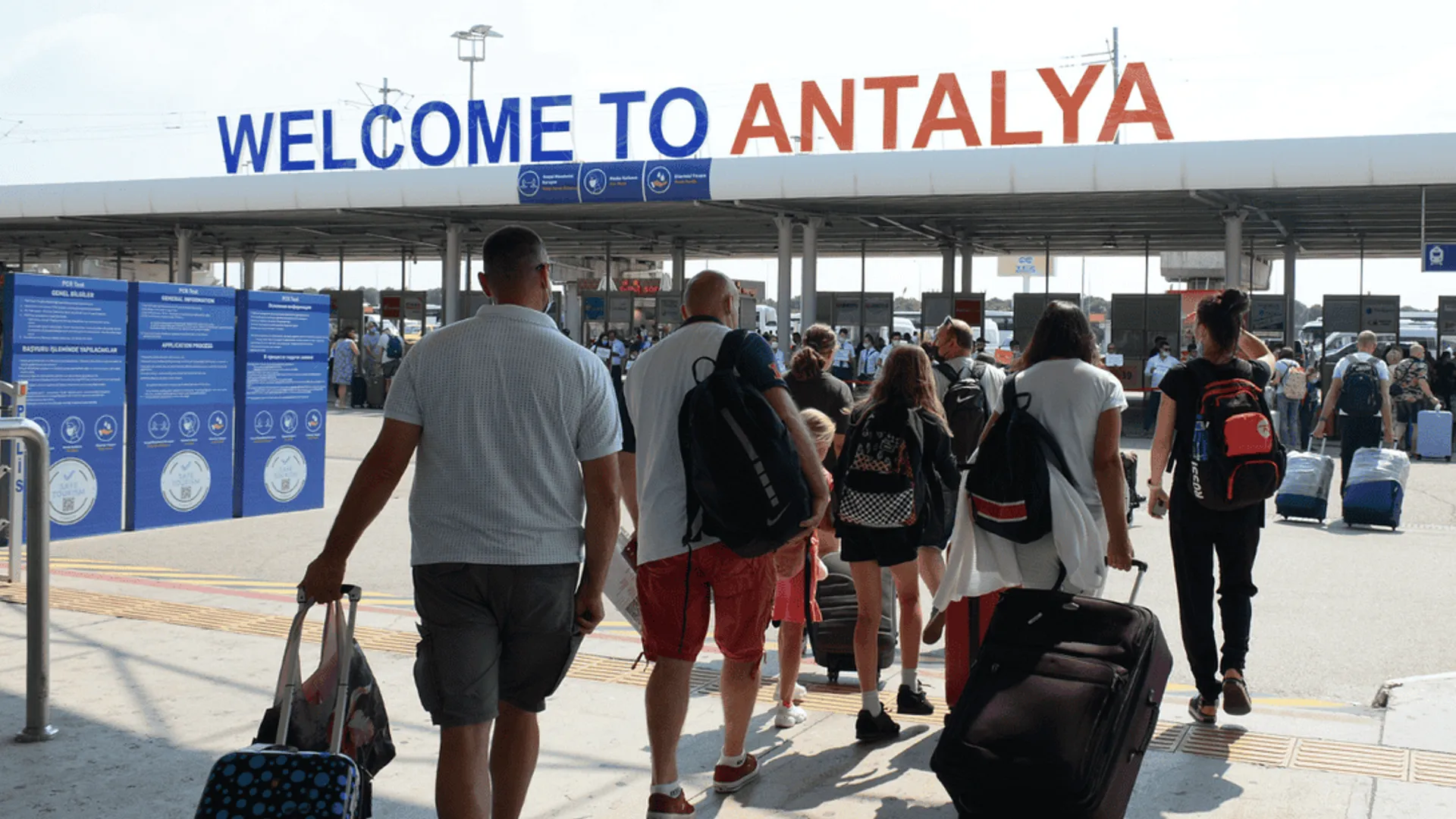MÜNİH'TEN ROMA'YA YENİ HIZLI TREN HATTIYLA 8,5 SAAT

New High-Speed Train Line Planned Between Germany and Italy
Deutsche Bahn, Trenitalia and ÖBB are planning to launch new high-speed train services from Munich to Milan and Rome. The first voyages are scheduled to begin at the end of 2026.
New Railway Connections Expand Transportation Alternatives for Europe
German, Italian, and Austrian railway companies Deutsche Bahn (DB), Trenitalia, and ÖBB are planning to launch new high-speed train lines between Germany and Italy by the end of 2026. According to the statement, Frecciarossa 1000 high-speed trains will operate on the Munich-Milan and Munich-Rome lines as part of this cooperation.
It was reported that the new connections are planned with the aims of developing sustainable transportation alternatives and shortening intercity travel times. It is estimated that the Munich-Milan line will take approximately 6.5 hours and the Munich-Rome line will take approximately 8.5 hours.
Expansion to Berlin to Start in 2028
The development of the train lines is planned to be phased. In the first phase, Munich-based services will be launched, and the Berlin-Milan and Berlin-Naples connections are expected to be launched by December 2028. With this expansion, a total of five train pairs will serve between Germany and Italy.
Construction and Certification Process Continues
The planned launch of the trains depends on the completion of the technical alignment processes. Frecciarossa 1000 trains are currently undergoing technical adjustments to make them available in Germany and Austria. If the process is successful, services could begin in December 2026.
Final approvals for the use of the trains will be given after testing conducted by Hitachi and Alstom as manufacturers. This approval process is carried out separately in Germany, Austria and Italy.
An Experienced Model in Italy: Frecciarossa 1000
The Frecciarossa 1000, which will be used on these lines, has been in service in Italy since 2015. The trains have a total capacity of 462 passengers with their eight-car structure. The train model, which offers service in four different comfort categories, is already operating on some lines in France and Spain.
This new international cooperation is being followed with attention in terms of spreading intercity railway transportation throughout Europe and reshaping transportation networks with a focus on sustainability.
Source: touristik-aktuell












